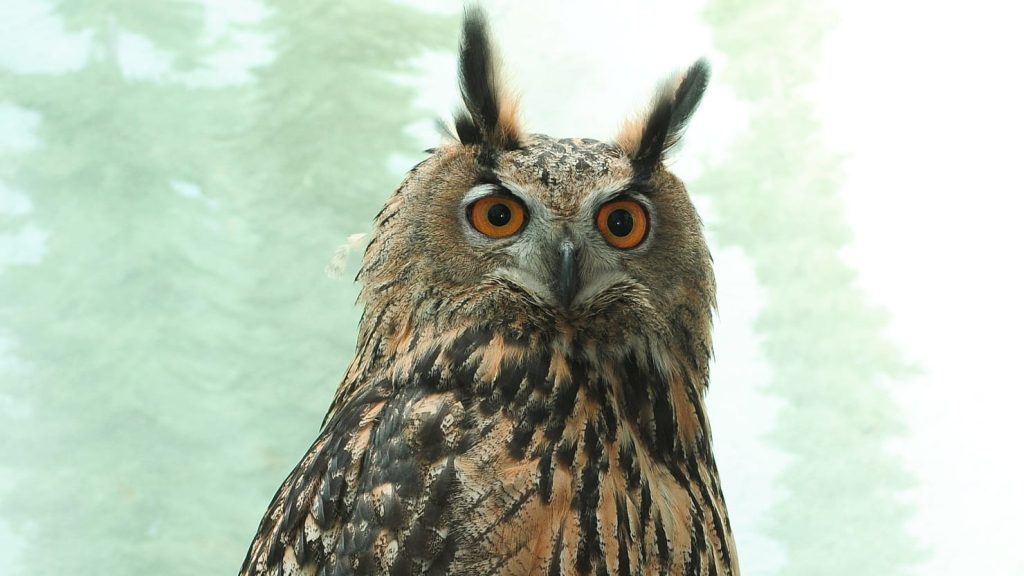The untimely death of Flaco, the Eurasian eagle owl from the Central Park Zoo, has sparked profound concern and reflection within the conservation community. The recent release of the final necropsy results sheds light on the tragic circumstances surrounding Flaco’s demise and underscores the complex challenges faced by urban wildlife. This article aims to delve into the findings of the necropsy report, explore the underlying factors contributing to Flaco’s death, and discuss the broader implications for wildlife conservation in urban environments.
Unraveling the Necropsy Findings:
The post-mortem examination conducted by Bronx Zoo veterinary pathologists revealed alarming revelations about Flaco’s health prior to his death. High levels of rat poison, coupled with severe herpesvirus infection, were identified as significant underlying conditions. The presence of rat poison, commonly used for rodent control in urban areas, highlights the unintended consequences of human activities on wildlife health. Additionally, the transmission of herpesvirus from pigeons to predatory birds like Flaco underscores the intricate dynamics of disease ecology in urban ecosystems.
Understanding the Impact of Human Activities:
Flaco’s tragic fate serves as a poignant reminder of the perils faced by wildlife inhabiting urban landscapes. The proliferation of rodenticides and the prevalence of infectious diseases pose formidable threats to avian populations, particularly birds of prey. The inadvertent exposure to rat poison reflects a broader pattern of human-wildlife conflict, where urban development and pest management practices intersect with natural habitats. As Flaco’s story unfolds, it prompts critical reflections on the ethical and ecological implications of our actions on wildlife health and welfare.
Navigating the Complexities of Urban Wildlife Management:
The case of Flaco underscores the urgent need for proactive measures to mitigate the risks faced by urban wildlife. Collaborative efforts between wildlife experts, conservation organizations, and local authorities are essential to develop effective strategies for wildlife management and protection. Implementing alternative rodent control methods that minimize the use of harmful chemicals and promote coexistence with wildlife is paramount. Furthermore, raising awareness among the public about the impacts of rodenticides and the importance of preserving biodiversity in urban areas is crucial for fostering a culture of conservation.
Implications for Wildlife Conservation:
Flaco’s tragic demise serves as a rallying call for heightened conservation efforts aimed at safeguarding urban wildlife populations. By addressing the root causes of wildlife mortality, such as pesticide exposure and infectious diseases, conservationists can work towards creating healthier and more resilient ecosystems. Moreover, Flaco’s story highlights the interconnectedness of human activities and wildlife health, emphasizing the need for holistic approaches to urban planning and environmental stewardship.
The final necropsy results on Flaco’s death provide invaluable insights into the multifaceted challenges confronting urban wildlife. As we mourn the loss of this magnificent owl, we are reminded of our collective responsibility to protect and preserve biodiversity in our cities. Flaco’s legacy serves as a catalyst for action, inspiring us to redouble our efforts in promoting harmonious coexistence between humans and wildlife. Through concerted conservation initiatives and public engagement, we can honor Flaco’s memory and create a more sustainable future for generations to come.
